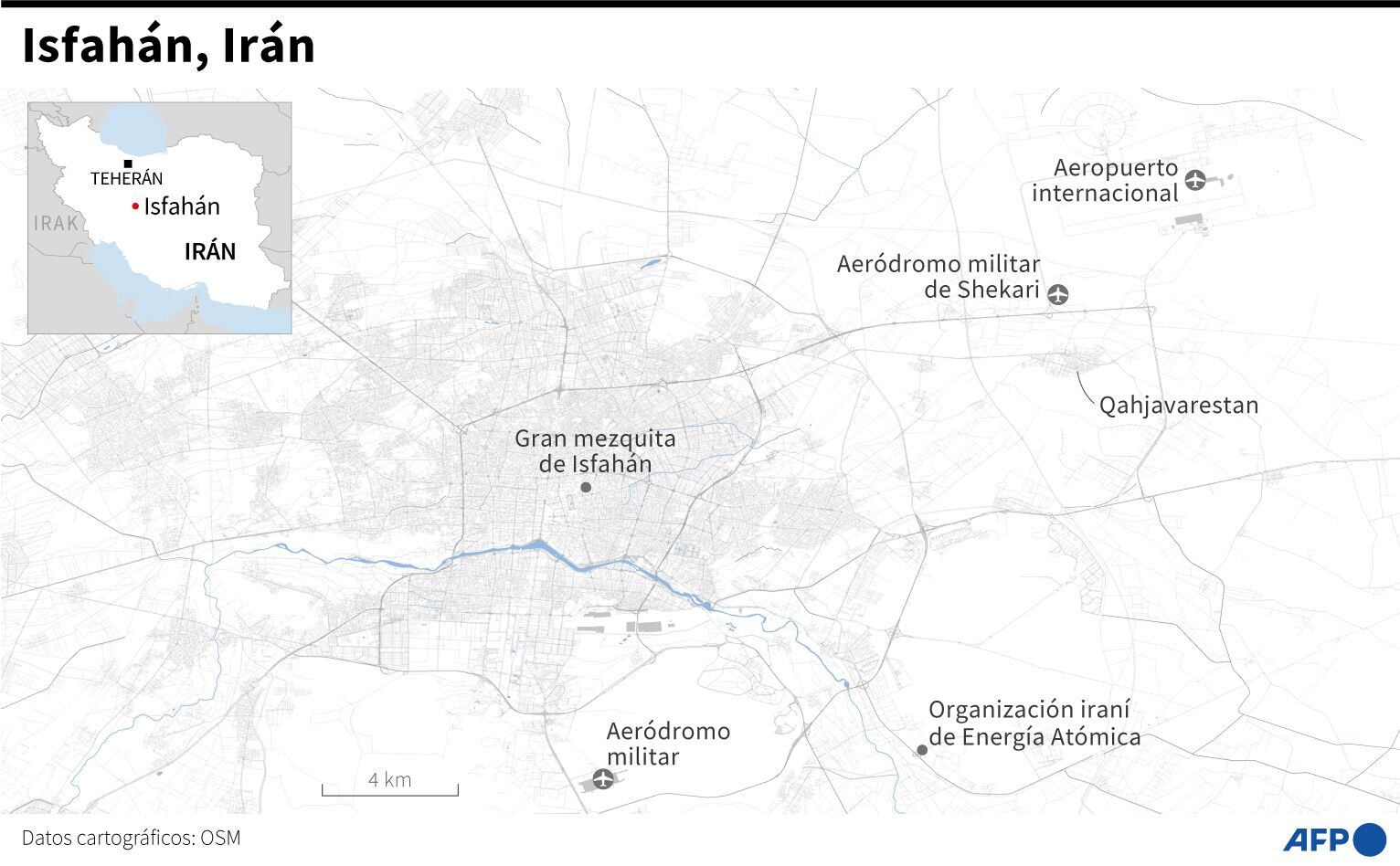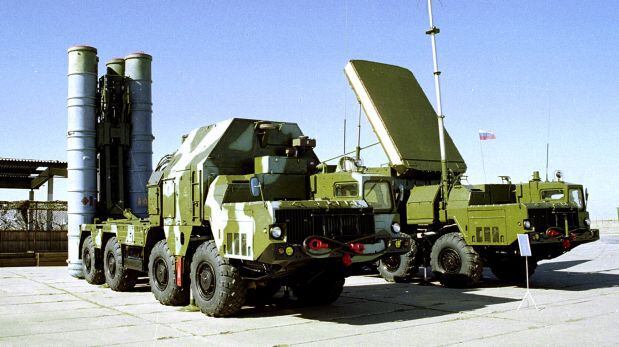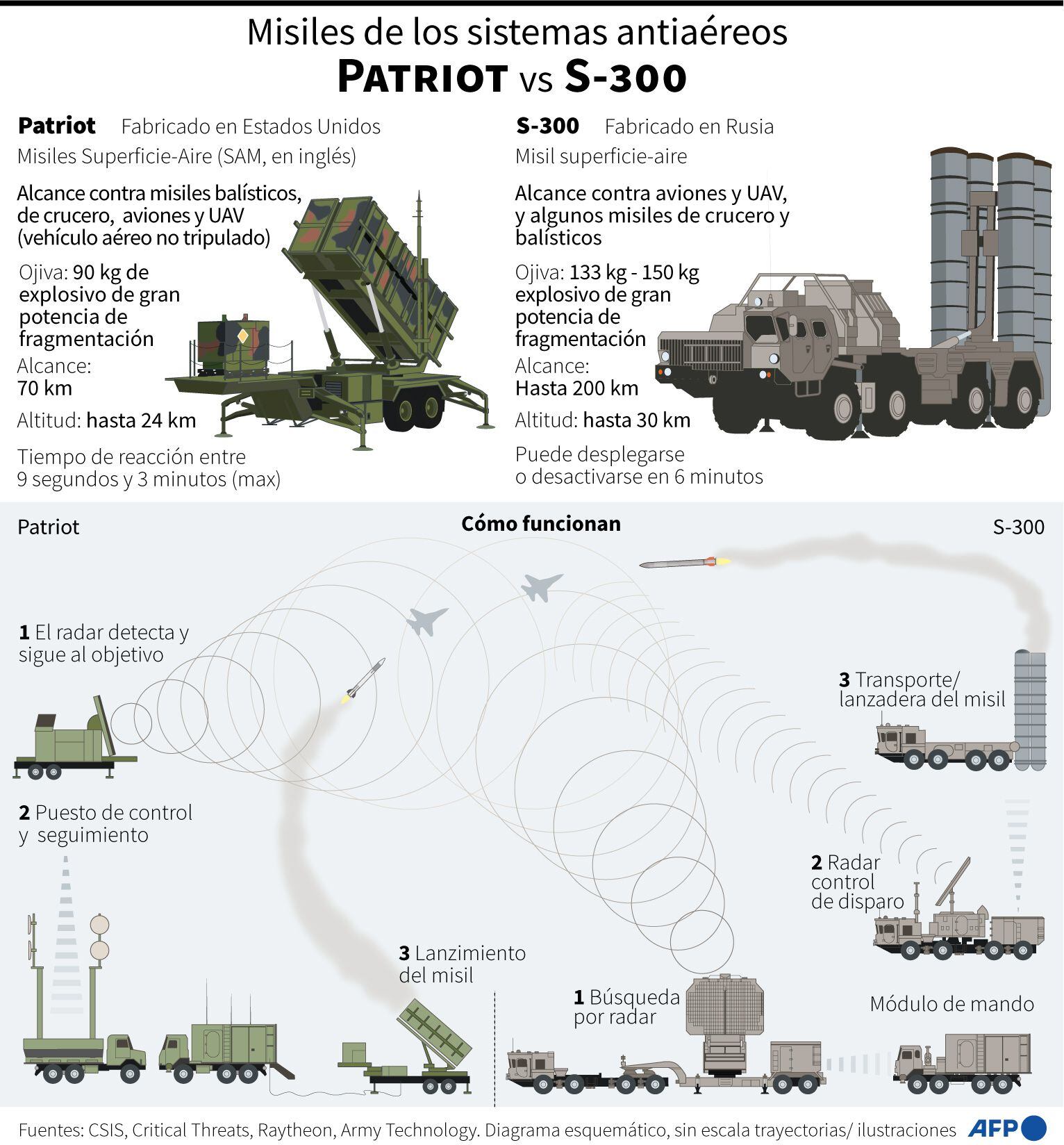Although Israel It is Will While trying to downplay Friday’s apparent Israeli airstrike near a major airbase and nuclear facility in the center of the Islamic Republic, U.S. media outlets published disturbing details of the action involving Russian-made defense systems that were breached. by a missile. clear demonstration of your vulnerability.
According to The New York Times, Israel used The sophisticated missile that avoids radar to reach to the Russian-made S-300 defenses that provide security based on Isfahanclose to strategic Natanz nuclear power plant.
LOOK: Who are Iran’s allies in the Middle East and which ones participated in the attack on Israel?
The NYT said, based on Western authorities, that It was a maneuver “calibrated to make Iran think twice” before challenging Israel with another direct attack.
Furthermore, it intended to send the message that the Israeli missile is capable of evading and neutralizing the Israeli defenses. Will.
The media also consulted two Iranian officials, who confirmed that the attack hit an air defense system S-300. They added that Iran has not detected intrusions into its airspace by drones, missiles or aircraft.
The New York Times stated that The missile came from a fighter jet and was fired “from far from Israeli or Iranian airspace.”

The report also notes that neither the plane nor the missile entered the airspace of Jordana measure calculated to keep Amman out of any possible retaliation by Will.
At this point, it should be noted that Jordan helped shoot down some of the hundreds of drones and missiles fired by Iran at Israel.
On April 13, Iran attacked Israel directly for the first time in history. He did this with more than 300 drones and missiles. 99% of these projectiles were intercepted by Israeli defense systems and also by allied countries such as the United States and the United Kingdom, in addition to the collaboration of Jordan.

In turn, The Times of Israel claimed to have seen satellite images showing damage to the radar of an S-300 systemlocated at the Eighth Air Base Shekariin Isfahan. This equipment is part of a set of devices that defend the top secret nuclear installation near Natanz.
Fox News, which cited “senior U.S. military sources,” reported that The target of Israel’s attack was a military base in Isfahan and not the heavily fortified nuclear plant.which is about 100 kilometers north of the city, buried under a mountain.

Will minimized the magnitude of the attack. That country’s Foreign Minister, Hossein Amirabdollahian, told NBC News that The drones used in the attack were “more like toys our children play with, not drones”and made no mention of a missile attack or damage to the base.
Although the Islamic Republic’s state media only said that The explosions heard were the result of the action of its air defense system that shot down three drones over Isfahanand that the operation was carried out by “infiltrators“, not to mention Israel.
Experts consulted by the NYT warned that the undetected attack by Israel could push Will further strengthen protections at its nuclear plants, deepening its facilities or moving its weapons closer to the Jewish State in anticipation of future conflicts.
In Israel, the Minister of National Security, Itamar Ben-Gvirsaid his country’s attack did not go far enough to punish Will for his first direct attack against the Jewish State.
The far-right politician described the operation as “unconvincing”.

At the end of 2016, Russia completed delivery of S-300 air defense system for Iranas part of an agreement to 800 million dollars signed between Moscow and Tehran in 2007.
This S-300 surface-to-air missile system was first used in 1979, during the Cold War.
The moment you received them Willin its most updated version, was one of the most advanced systems of its type, according to the British security institute RUSI cited by the Reuters agency.
It can be used to intercept multiple aircraft and missiles at a range of up to 200 kilometers.
The complete system is made up of four pillars: the radars responsible for surveillance, the tracking radars, the command post and the missile launcher that can carry four units at the same time, it indicates the media outlet El Español.
The surveillance radar has a range that can reach 300 kilometers coverage, while the tracking system – which also serves to guide the missile – reaches 200 kilometers. Once detected, the system can act autonomously, eliminating the threat or manually through an operator.
For its part, Ok Diario indicated that The S-300 is part of a family of Russian-made surface-to-air missile (SAM) systems capable of attacking aircraft and unmanned aerial vehicles., as well as providing some defense capability against ballistic and cruise missiles. The S-300P variant, also known as the SA-10 Grumble, was designed by the Soviet Union during the 1960s and 1970s and is used exclusively for air defense. The S-300P is derived from the S-300V, also known as the SA-23A Gladiator and SA-23B Giant, equipped with anti-ballistic missile capability and similar in many respects to the United States Patriot Advanced Capability-2 (PAC-2).

The S-300 was designed to replace obsolete systems Soviet mobile SAM S-25 Berkut and S-75 Dvina and to counter the emerging threat of long-range airborne cruise missiles.
In 2000, deployment of the system peaked, with Russian air defense forces fielding approximately 1,900 launchers. S-300. However, in 2017 the number of active launchers has been reduced to 800.
At the time, Russia said that in 2010 it canceled a contract to deliver the S-300 to Will after receiving pressure from the West. But in April 2015, President Vladimir Putin lifted this self-imposed ban.
Source: Elcomercio
I am Jack Morton and I work in 24 News Recorder. I mostly cover world news and I have also authored 24 news recorder. I find this work highly interesting and it allows me to keep up with current events happening around the world.

:quality(75)/cloudfront-us-east-1.images.arcpublishing.com/elcomercio/RLOGB2FNVRHR7EMSKBTUAGQVYE.jpg)

:quality(75)/cloudfront-us-east-1.images.arcpublishing.com/elcomercio/FY3RBYQL4RGMNEEX3KYTGVUXX4.jpg)


:quality(75)/cloudfront-us-east-1.images.arcpublishing.com/elcomercio/W5MEIYZXQZDMXPYNEFH5LJ44GY.jpg)
